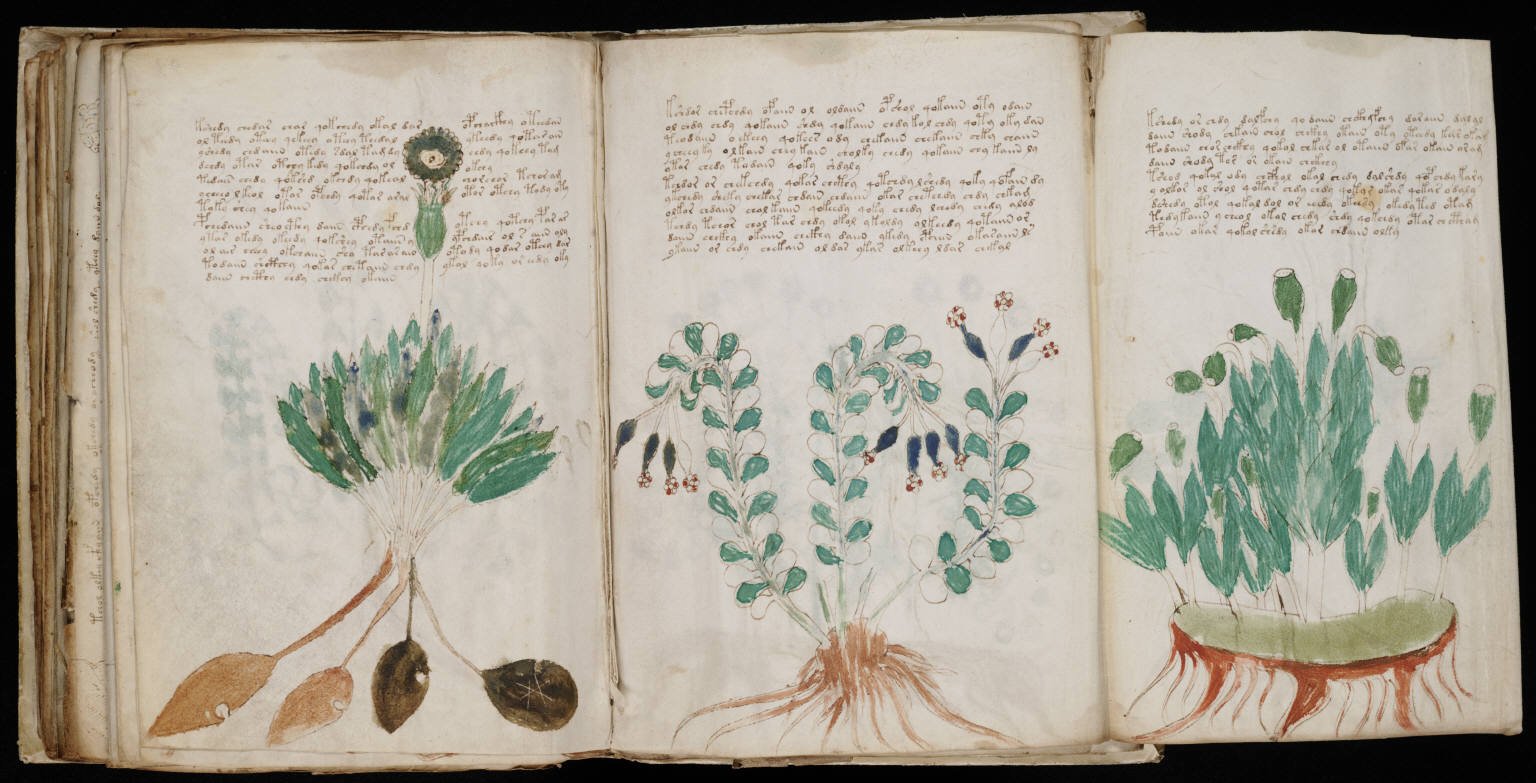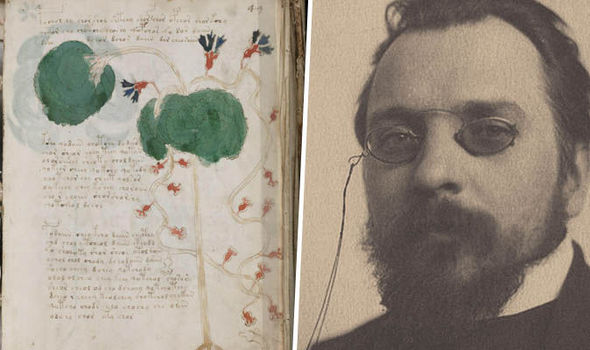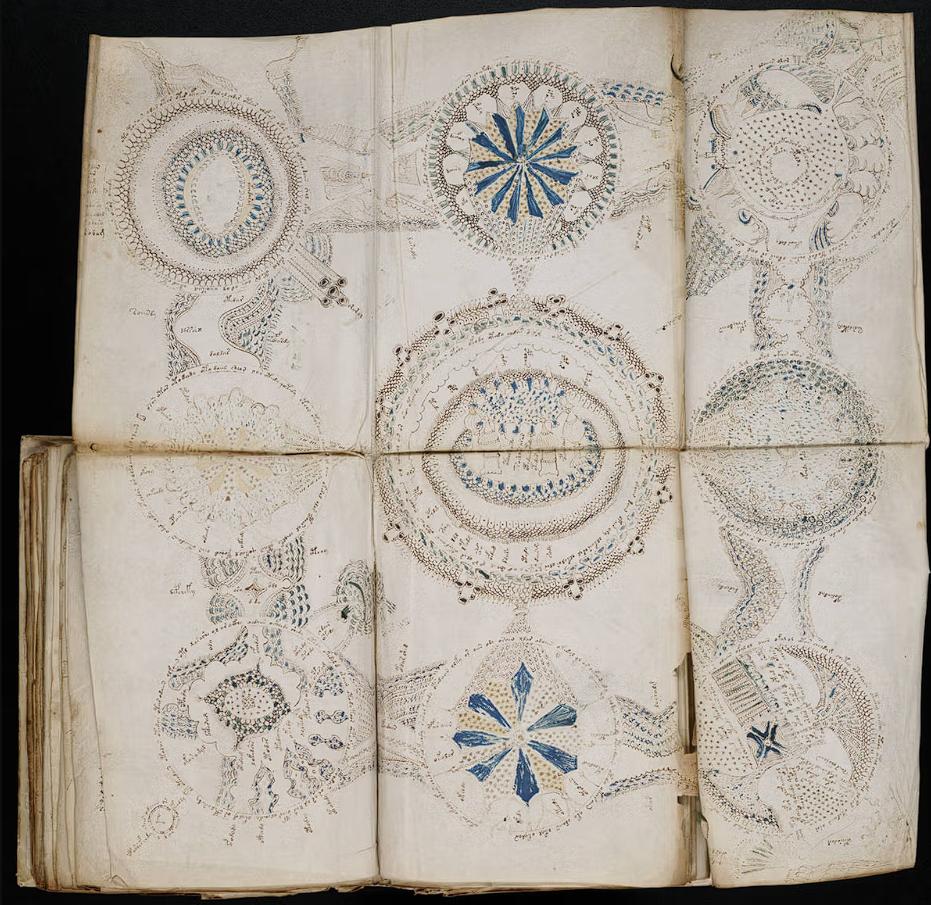Introduction: The World’s Most Mysterious Book
For centuries, a perplexing manuscript has puzzled historians, cryptographers, and linguists alike. Known as the Voynich Manuscript, this enigmatic book is filled with strange symbols, bizarre botanical illustrations, and a completely unknown script. Despite the efforts of the world’s greatest minds, its contents remain a mystery. Who wrote it? What does it say? And why has no one been able to decipher its secrets? These questions continue to fuel speculation, making the Voynich Manuscript one of the greatest unsolved puzzles in history.

The Discovery of the Voynich Manuscript
Wilfrid Voynich: The Man Behind the Name
In 1912, a rare book dealer named Wilfrid Voynich stumbled upon the manuscript in the Collegio Romano, a Jesuit college in Italy. The book immediately caught his attention due to its strange illustrations and indecipherable text. Voynich acquired the manuscript, hoping to unlock its meaning and origins, but little did he know, he had uncovered a mystery that would last more than a century.
The Book’s Physical Characteristics
The Voynich Manuscript consists of about 240 vellum pages, many adorned with intricate drawings of unknown plants, astronomical diagrams, and human-like figures. The text itself is written in an entirely unique script, often flowing from left to right in a seemingly structured manner. Despite numerous attempts, no one has been able to identify the language or symbols used.
Early Ownership and Historical Traces
While the manuscript surfaced in the 20th century, its origins date back much further. Some historians believe it once belonged to Emperor Rudolf II of the Holy Roman Empire, who was fascinated with alchemy and the occult. Later, records suggest it passed through the hands of Jesuit scholars before making its way to Voynich. The earliest confirmed date for the manuscript comes from radiocarbon dating, which suggests it was created between 1404 and 1438.

Theories About Its Contents
A Lost Language or Cipher?
One of the most common theories is that the Voynich Manuscript is written in a lost language or an elaborate code. Cryptographers, including top codebreakers from both World Wars, have analyzed the text but have found no recognizable patterns or linguistic structures. Some suggest it could be a form of shorthand or an entirely unique form of communication.
A Medieval Herbal or Scientific Treatise?
Many of the manuscript’s pages contain botanical illustrations, leading some experts to believe it is a medieval herbal book detailing medicinal plants and remedies. However, none of the plants depicted match known species, making this theory difficult to prove. Some also speculate it could be an alchemical or medical text designed to preserve secret knowledge.
An Elaborate Hoax?
Another intriguing theory is that the manuscript is nothing more than an elaborate hoax. Some believe it was created to deceive Emperor Rudolf II, who was known to pay large sums for rare books and mystical artifacts. However, the complexity of the text and illustrations suggests that if it were a hoax, it was an extraordinarily well-crafted one.
Modern Attempts to Decipher the Manuscript
Computational Analysis and AI
In recent years, artificial intelligence and machine learning have been applied to the Voynich Manuscript in an attempt to decode its meaning. Some researchers claim to have identified traces of Hebrew or Romance languages within the text, but no breakthrough has been confirmed. AI continues to provide hope that one day, we may finally crack the code.
Theories Based on Linguistic Patterns
Linguists studying the manuscript have identified statistical patterns in the text that resemble natural language structures. However, without a known reference, it remains impossible to translate. Some researchers argue that the repetition of certain words suggests a type of phonetic writing, while others believe it may be a form of glossolalia or automatic writing.
Newly Discovered Clues
In 2020, researchers suggested that certain words in the manuscript could be linked to Latin-based languages, possibly indicating it is a medical or herbal text. However, without concrete evidence, the manuscript remains as elusive as ever.

The Legacy and Ongoing Mystery
Why Does It Matter?
The Voynich Manuscript is more than just an unsolved puzzle; it represents the limits of human knowledge and the power of mystery. Whether it contains lost wisdom, an ancient code, or is simply an elaborate deception, its allure continues to captivate scholars and the general public alike.
Where Is It Now?
Today, the Voynich Manuscript is housed at Yale University’s Beinecke Rare Book & Manuscript Library, where it remains one of the most studied and discussed artifacts in the world. Despite decades of research, the book refuses to reveal its secrets, ensuring its place in history as the most mysterious book ever discovered.
The Future of Voynich Research
With advancements in technology, new methodologies in linguistic analysis, and continued scholarly interest, there is hope that the Voynich Manuscript may one day be deciphered. Until then, it remains a testament to human curiosity and the enduring quest for knowledge.
Conclusion: Will We Ever Solve the Mystery?
The Voynich Manuscript continues to baffle and inspire, drawing in experts and enthusiasts from around the world. Is it a lost encyclopedia of ancient knowledge, a forgotten language, or an elaborate medieval riddle? The answer remains elusive, but one thing is certain—the search for the truth is far from over.
What do you think? Could the key to unlocking the Voynich Manuscript be hidden in plain sight, or will it remain one of history’s greatest unsolved mysteries?
